The installation of service entrance cables is a crucial process in electrical systems, ensuring a seamless flow of electricity from the utility grid to residential and commercial buildings. Among the common types of service entrance cables is the versatile SER (Service Entrance Round) cable. However, when it comes to its burial, questions often arise regarding its suitability and best practices.
In this comprehensive article, we delve into the intricacies of burying SER cables, exploring the factors that determine their suitability for underground installations. We will uncover the distinction between “underground buried” and “direct buried” approaches and the importance of adhering to local electrical codes. Additionally, we’ll highlight the role of conduit in ensuring the cable’s protection, durability, and compliance with safety standards.
By the end, readers will gain a thorough understanding of the dos and don’ts of burying SER cables, empowering them to make informed decisions and create robust, safe, and reliable electrical systems for their projects.
What Is a Service Entrance Cable?
In the world of electrical systems and power distribution, the service entrance cable plays a crucial role in safely delivering electricity from the utility grid to residential, commercial, and industrial buildings [1]. It serves as the primary link between the power supplier and the premises, ensuring a reliable and efficient flow of electricity. Understanding the significance of a service entrance cable is essential for homeowners, business owners, and electricians alike.
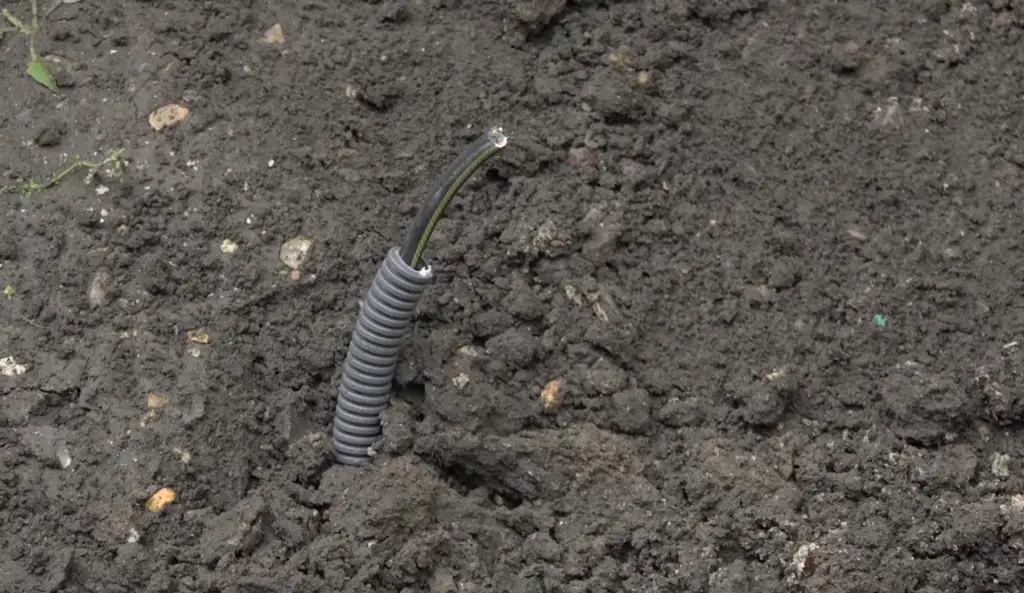
The installation of the service entrance cable is one of the critical steps in electrical system design and construction. It begins at the point where the electrical utility’s power lines meet the building’s electrical meter or service point. From this location, the service entrance cable is routed into the building to connect with the main electrical panel or distribution board.
Different types of service entrance cables are available, and the choice of cable depends on various factors such as the building’s electrical demand, the distance from the utility connection point, and local electrical codes. Commonly used service entrance cables include the Underground Service Entrance Cable (USE), Overhead Service Entrance Cable (SEU), and the Service Entrance Weatherhead.
The Underground Service Entrance Cable is buried underground, making it an ideal choice when aesthetics and safety are priorities. It protects the cable from weather conditions and minimizes the risk of accidental damage. On the other hand, the Overhead Service Entrance Cable is suspended above the ground, often supported by utility poles. It is a cost-effective solution for power delivery over relatively short distances.
The Service Entrance Weatherhead is a component of the overhead service entrance system, providing weatherproofing and mechanical protection where the cable connects to the building. It plays a crucial role in safeguarding electrical connections from rain, snow, and other environmental factors.
Regardless of the type, all service entrance cables must comply with local electrical codes and safety standards to ensure the protection of both property and human life. Regular inspections and maintenance of the service entrance cable are essential to identify any signs of wear, damage, or deterioration.
What Is A SER (Service Entrance Round) Cable?
An SER (Service Entrance Round) cable is a specific type of electrical cable commonly used in residential electrical installations as part of the service entrance wiring. It is designed to deliver electricity from the main electrical panel to the various circuits within the home. The SER cable is often used for higher current applications compared to standard non-metallic sheathed cables (NM-B cables) due to its construction and capabilities.
The construction of a SER cable typically consists of two or three insulated conductors (usually THHN/THWN-2 rated) for carrying the current, and a bare-stranded copper or aluminum conductor for grounding purposes [2]. These conductors are enclosed within an overall non-metallic sheath, which provides protection and insulation for the entire cable assembly.
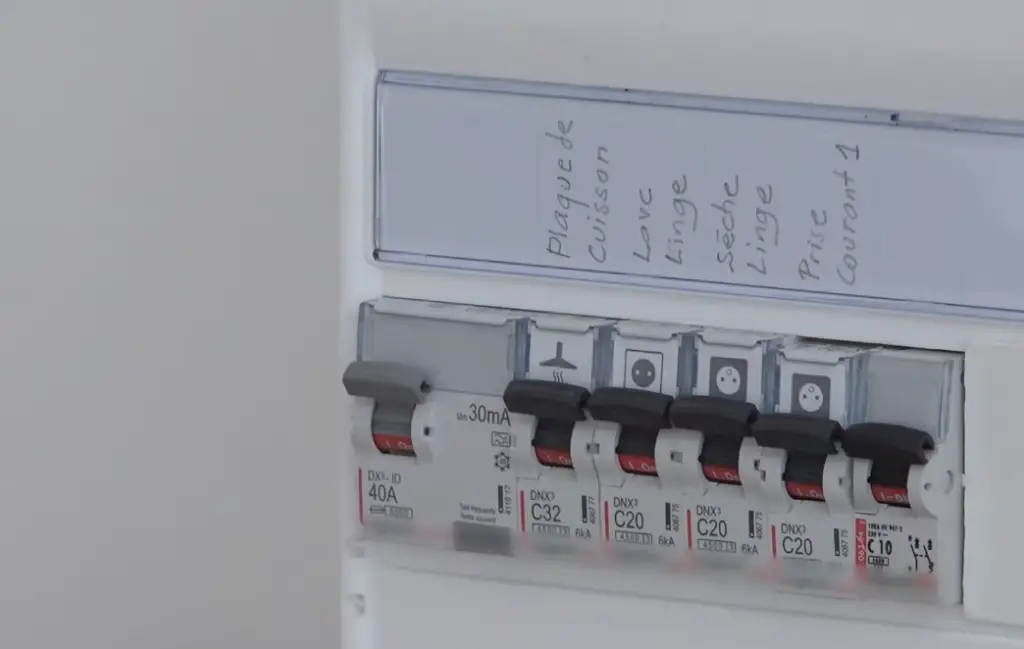
The SER cable is often confused with SEU (Service Entrance Unarmored) cable. The primary difference between the two lies in their applications and installation methods. While both cables are commonly used for service entrance wiring, the SER cable is intended for above-ground applications, whereas the SEU cable is specifically designed for underground installations.
The SER cable is usually installed in exposed or concealed locations, where it runs from the electrical service panel to various distribution points within the building. It can be used to power larger household appliances and electrical devices that require higher amperage, such as electric stoves, water heaters, air conditioners, and clothes dryers.
It is important to note that the installation of SER cable must adhere to local electrical codes and safety standards. Proper installation and securing of the cable are essential to ensure the safety of both occupants and the integrity of the electrical system. Additionally, proper grounding of the cable is crucial to protect against electrical faults and to ensure the electrical system’s stability.
When working with SER cable, it is advisable to consult a licensed electrician to ensure proper sizing and installation for the specific electrical demands of the building. Electrical load calculations, as well as understanding local codes and regulations, are crucial to determining the appropriate SER cable size for a given installation.
What Is A SEU (Service Entrance Unarmored) Cable?
A Service Entrance Unarmored (SEU) cable is a type of electrical cable that is primarily used to distribute electrical power from the electrical service panel to different parts of the building [3]. These cables are heavily insulated and are prepared in a way that makes them suitable for outdoor as well as indoor use. They are particularly well-suited for use in single-family homes and small businesses.
The SEU cable is composed of two conductors, each of which is made from stranded aluminum alloy. The conductors are then woven together and covered with a sturdy polyvinyl chloride (PVC) jacket, which provides additional insulation and protection against moisture. In addition to the PVC jacket, SEU cables also have a black thermosetting cross-linked polyethylene (XLPE) insulation that is rated to withstand up to 600 volts.
The purpose of the XLPE insulation is to protect the conductors from the outside environment, including moisture, heat, and corrosive chemicals. This helps to ensure that the cable stays functional and safe for use over an extended period of time. Additionally, the XLPE insulation also enhances the cable’s durability and ability to withstand extreme temperatures, making the SEU cable suitable for use in harsh environments.
One of the primary benefits of using an SEU cable is its ease of installation. Because the cable is prepared in a way that makes it suitable for both indoor and outdoor use, it can be easily connected to the electrical service panel, which eliminates the need for any additional wiring or installation. Additionally, the cable can be easily bent and twisted into different configurations, which makes it suitable for use in tight or challenging spaces.
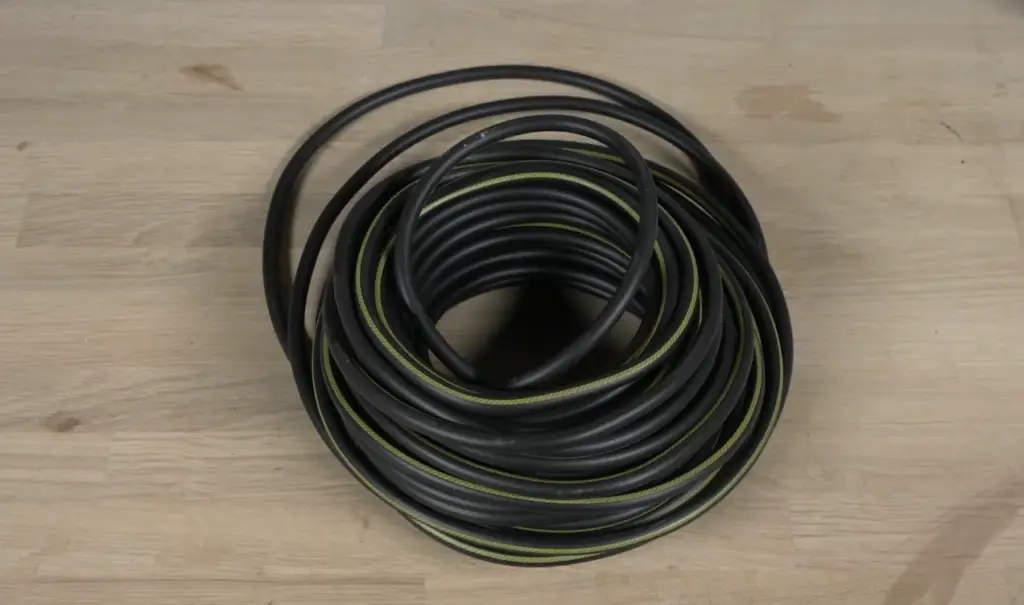
Purposes of SER and SEU Cable
SER (Service Entrance Round) and SEU (Service Entrance Unarmored) cables are both essential components in electrical installations, serving distinct purposes in delivering electricity safely and efficiently. Understanding their unique characteristics and applications is vital for electricians, homeowners, and builders to ensure the proper use of these cables.
SER (Service Entrance Round) Cable:
SER cable is primarily designed for above-ground service entrance applications. Its main purposes include:
- Power Distribution to High-Load Appliances: SER cable is commonly used to supply electricity from the main electrical panel to high-load household appliances, such as electric stoves, water heaters, air conditioners, and dryers. Due to its construction and conductor size, SER cable can handle higher current demands effectively;
- Versatile Wiring for Residential Buildings: SER cable is a versatile wiring solution for residential buildings, offering a cost-effective and straightforward method to distribute power from the main service entrance to various circuits within the house. It simplifies wiring installations, especially in single-family homes;
- Indoor and Outdoor Applications: SER cable is suitable for both indoor and outdoor use. It can be installed in exposed or concealed locations, making it a flexible choice for various wiring configurations [4];
SEU (Service Entrance Unarmored) Cable
SEU cable, as the name implies, is designed for underground service entrance applications where additional protection is not required. Its key purposes include:
- Underground Power Delivery: SEU cable is ideal for delivering electricity from the utility company’s electrical supply point to the main electrical panel in residential and some commercial buildings where the electrical service lines are buried underground. Its unarmored construction simplifies direct burial installations;
- Cost-Effective Direct Burial Installation: SEU cable eliminates the need for additional conduit or armor when installed underground. This simplifies the installation process and reduces material costs, making it an efficient solution for underground electrical work;
- Moisture and Environmental Resistance: While SEU cable is unarmored, its non-metallic sheath is designed to resist moisture and environmental influences, ensuring the cable’s long-term performance and reliability in underground conditions;
Both SER and SEU cables play vital roles in the service entrance of electrical systems, connecting the utility’s power supply to the main electrical panel of buildings. They are subject to local electrical codes and regulations to ensure safe and compliant installations.
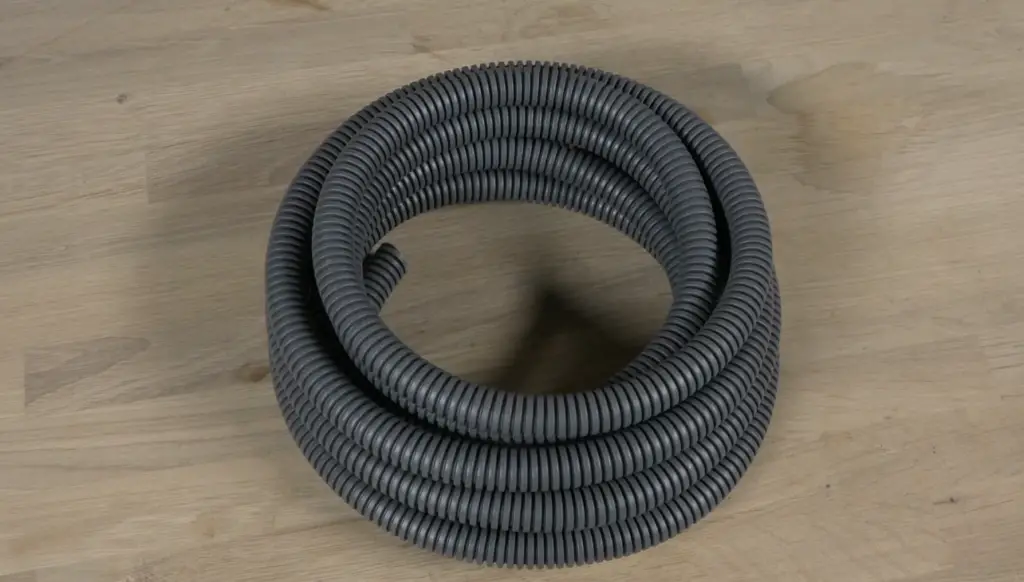
Choosing a Service Entrance Cable: SEU vs SER
When choosing a service entrance cable, two of the most common options available are Service Entrance Unarmored (SEU) cables and Service Entrance Round (SER) cables. While they may seem similar at first glance, there are a few key differences between these two types of cables that are important to consider when making your decision.
The first difference between SEU and SER cables is their construction. SEU cables consist of two conductors made of stranded aluminum alloy that are woven together and covered with a PVC jacket and XLPE insulation. In contrast, SER cables consist of individual copper conductors that are surrounded by XLPE insulation and covered with a PVC jacket [5].
The next difference between these cables is their ampacity. In general, SER cables have a higher ampacity than SEU cables. This means that SER cables can carry more electrical current without overheating or becoming damaged. This also means that SER cables are suitable for use in larger residential or commercial buildings where greater electrical capacity is needed.
Finally, it is important to consider the local building codes and regulations when choosing a service entrance cable. Some areas may require the use of one type of cable over the other, or have specific requirements for the installation of these cables in certain types of buildings. Always refer to local codes and regulations when making your decision.
Using SER Cable to Feed Distribution and Sub-Panels
Service Entrance Round (SER) cables are commonly used to feed distribution and sub-panels in a variety of settings, including external garages, pole barns, heavy-duty workshops, pool houses, and greenhouses. SER cables are well-suited for these applications because they are durable, flexible, and can carry a significant amount of electrical current safely and efficiently.
External garages are a common use case for SER cables. These garages require electrical power for lighting, heating, and other applications. A properly installed SER cable can ensure a reliable power supply to the garage, which is essential for the safe and efficient operation of the garage.
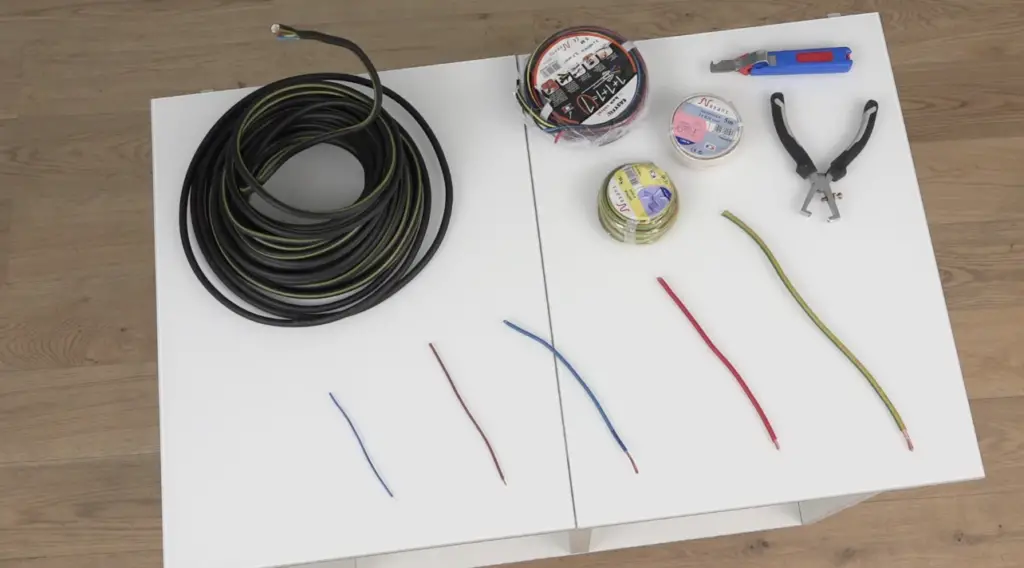
Pole barns are another common application for SER cables. These structures require a significant amount of power to operate, especially if they are used for commercial or industrial purposes. A properly sized and installed SER cable can provide the necessary electrical capacity to power the equipment and lighting in the pole barn.
Heavy-duty workshops are another setting in which SER cables are commonly used. These workshops may require a significant amount of power to operate large machinery and tools. A properly installed SER cable can ensure that the workshop has a safe and reliable source of power to support all its activities.
Pool houses are another application where SER cables can be used to provide electrical power. Pool houses often require electrical power for lighting, heating, and other features such as pumps and filtration systems. A properly installed SER cable can ensure a reliable and safe power supply to the pool house.
Greenhouses are also a commonly used application for SER cables. Electrical power is necessary to maintain the appropriate temperature and humidity levels inside the greenhouse, which is critical for the growth and health of the plants. A properly installed SER cable can ensure a reliable and safe power supply to the greenhouse to support all its activities.
The Installation of Service Entrance Cables
1. Planning and Assessment
Before beginning the installation process, a thorough assessment of the electrical requirements and load demands of the building is essential. Electricians should calculate the expected electrical load to determine the appropriate size and type of service entrance cable required. Additionally, the location and clearance requirements for the cable path should be assessed to ensure compliance with local regulations.
2. Cable Selection
Depending on the specific application, different types of service entrance cables may be used, such as SER (Service Entrance Round) or SEU (Service Entrance Unarmored) cables for above-ground installations and SE (Service Entrance) or USE (Underground Service Entrance) cables for underground installations. The choice of cable will depend on factors like environmental conditions, proximity to utility poles or the utility connection point, and local electrical codes [6].
3. Securing Permits and Coordination
Before starting the installation, it is crucial to obtain the necessary permits and approvals from local authorities. The electrician should ensure that the installation plan complies with all applicable building codes and regulations. Additionally, coordination with the utility company may be required to ensure a smooth connection to the utility grid.
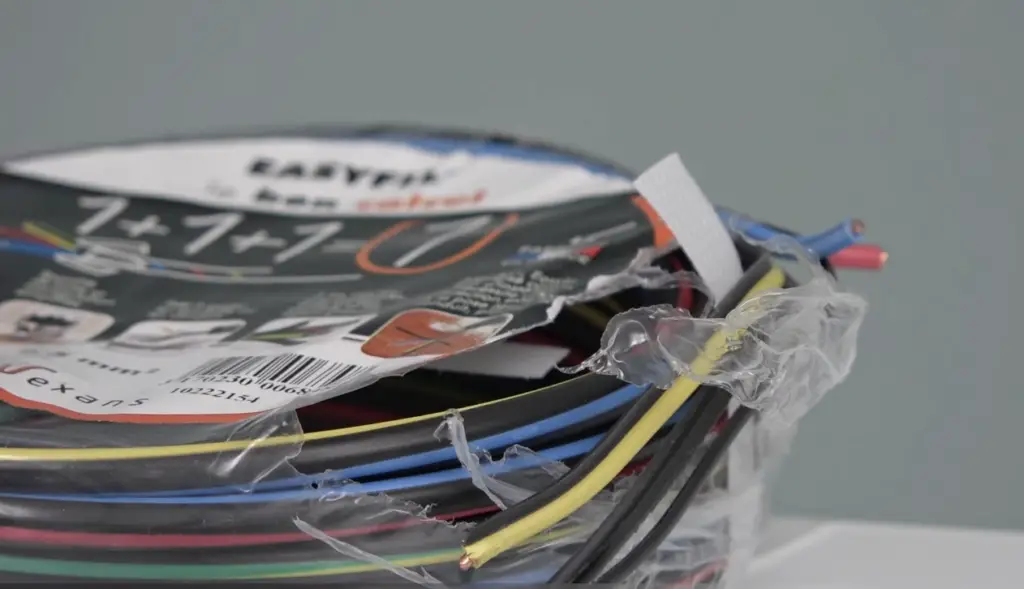
4. Safety Precautions
Electrical installations can be hazardous, especially when dealing with high-voltage service entrance cables. Proper safety precautions must be followed throughout the installation process. Electricians should wear appropriate personal protective equipment (PPE) and ensure that the power supply is disconnected before working on the service entrance.
5. Mounting and Routing
Service entrance cables should be mounted securely and protected against physical damage. In above-ground installations, the cable may be attached to the building’s exterior using appropriate hardware and supports. For underground installations, the cable should be buried at the proper depth to protect it from potential damage.
6. Weatherproofing
For overhead service entrance cables, weatherproofing is essential to protect the electrical connections from exposure to the elements. Weatherhead or weatherproof fitting should be installed to shield the cable’s entry point into the building and prevent water ingress.
Ensuring proper grounding is crucial for electrical safety. The grounding conductor within the service entrance cable should be securely connected to the building’s grounding system and bonded to the main electrical panel.
8. Inspection and Testing
Once the installation is complete, a thorough inspection should be carried out to verify compliance with codes and regulations. Electrical testing should be performed to check the integrity of the connections and ensure that the cable is capable of handling the expected electrical load.

Can SER Cable Be Buried:
Underground Buried SER Cable
In the context of service entrance cables, “underground buried” refers to the practice of placing the cable in a conduit or raceway before burying it underground. SER cable can be suitable for underground buried applications, provided it is enclosed within an appropriate conduit or raceway.
Underground burial with a conduit offers several advantages, including:
- Protection: The conduit provides mechanical protection, shielding the SER cable from potential damage caused by external factors such as digging, rocks, or sharp objects;
- Moisture Resistance: The conduit also offers a barrier against moisture ingress, ensuring the longevity and performance of the cable in underground environments;
- Future Upgrades: Using a conduit makes it easier to replace or upgrade the cable in the future without disturbing the surrounding soil;
Direct Buried SER Cable
On the other hand, “direct buried” refers to the practice of burying the SER cable directly into the ground without the use of a conduit or raceway.
Direct burial is generally not recommended for SER cable due to several potential drawbacks:
- Vulnerability to Damage: Without the protection of a conduit, the SER cable is more susceptible to damage from external forces like rocks, roots, or construction activities;
- Moisture and Corrosion: Direct exposure to moisture can lead to accelerated cable deterioration and corrosion, reducing the cable’s lifespan;
- Difficult Maintenance: Locating and repairing a direct buried cable in case of a fault or issue can be challenging and costly, as it requires excavation;
- Code Compliance: Many electrical codes prohibit the direct burial of SER cable without proper protection;
Best Practice and Local Codes
The best practice for installing SER cable underground is to use a suitable conduit or raceway. This approach offers superior protection and ensures compliance with most electrical codes. Electricians should follow local regulations and code requirements regarding the use of conduits, burial depth, and cable types to ensure a safe and code-compliant installation.
Does SER Cable Need Conduit While Burying?
SER (Service Entrance Round) cable typically requires a conduit when burying it underground. Burying SER cable without a conduit is generally not recommended and may not comply with local electrical codes and regulations.
Here’s why using a conduit is essential for the underground burial of SER cable:
- Mechanical Protection: The conduit provides an extra layer of mechanical protection for the SER cable. It shields the cable from potential damage caused by rocks, debris, or digging activities, which can occur during the burial process or in the future;
- Moisture and Environmental Protection: The conduit creates a barrier against moisture and environmental factors, preventing water or other elements from seeping into the cable. Moisture exposure can lead to cable deterioration and affect its performance over time;
- Durability and Longevity: Using a conduit enhances the overall durability and longevity of the SER cable. It helps to maintain the cable’s insulation integrity and electrical properties, ensuring a reliable electrical connection;
- Easy Maintenance and Repairs: Burying SER cable within a conduit facilitates future maintenance and repairs. If any issues arise with the cable, it is easier to access and replace within the conduit without having to excavate the entire cable run;
- Code Compliance: Many electrical codes and regulations require the use of a conduit for underground electrical installations, including the burial of SER cable. Compliance with local codes is essential to ensure the safety and legality of the installation [7];
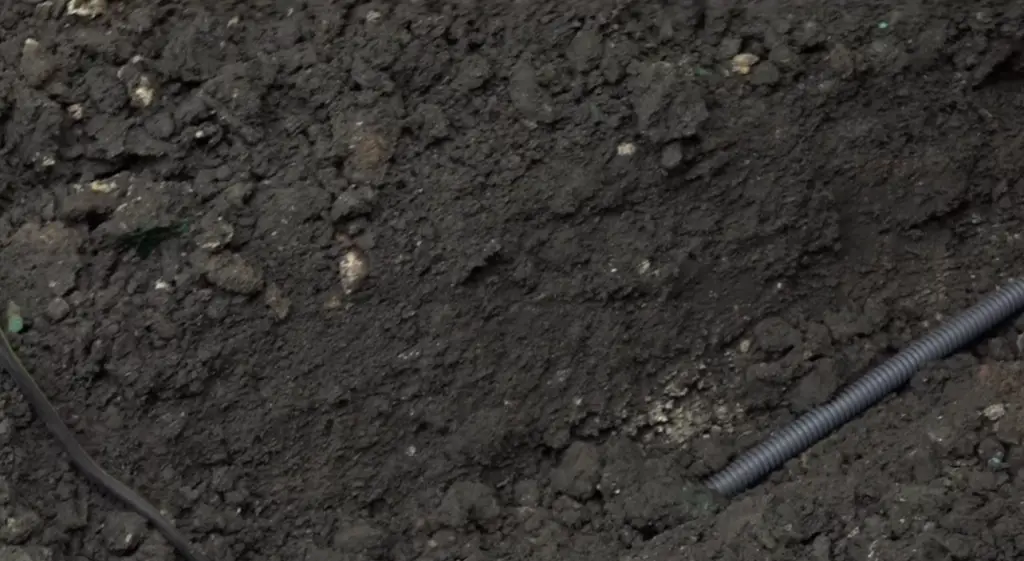
FAQ:
1. Can you bury SER cables in a wet location?
No, SER (Service Entrance Round) cables should not be buried in wet locations. They are not designed to be in direct contact with water or exposed to constant moisture. If the cable comes in contact with water, it can lead to deterioration, affecting its performance and posing safety risks.
2. Can SER cable go underground?
Yes, SER cable can be used for underground installations, but it must be placed within a conduit or raceway for proper protection against physical damage and moisture.
3. Is SER cable direct burial rated?
No, SER cable is not typically rated for direct burial. As mentioned earlier, it requires the use of a conduit or raceway when buried underground.
4. What type of cable can be buried safely?
Cables specifically designed for direct burial can be safely buried without a conduit. These cables have additional protective layers to withstand environmental conditions and are compliant with direct burial requirements.
5. Is SER cable rated for outdoor use?
Yes, SER cable is rated for outdoor use, but it must be installed following the proper guidelines, typically by being placed within a conduit or raceway for underground installations.
6. Does SER cable need a conduit?
Yes, SER cable generally requires a conduit when buried underground to provide mechanical protection and shield it from moisture and other environmental factors.
7. Does the SER cable need to be protected?
Yes, SER cable needs to be protected, especially in underground installations. Using a conduit or raceway is essential to safeguard the cable from potential damage and moisture exposure.
8. What wire can be buried without a conduit?
Cables specifically labeled as “direct burial” or “UF-B” (Underground Feeder) cables can be safely buried without a conduit as they are designed to withstand direct burial conditions.
9. Why aren’t most cables buried underground?
Buried cables require additional protection and proper installation measures, including burial depth, conduit usage, and compliance with local codes. It can be more complex and expensive than above-ground wiring in certain scenarios.
10. Where is SER cable allowed?
SER cable is allowed for above-ground and underground installations in various residential, commercial, and industrial buildings, connecting the utility grid to the main electrical panel.
11. Can SER cable be run indoors?
Yes, SER cable can be run indoors when used for above-ground service entrance applications, such as from the main electrical panel to high-load appliances.
12. Can SER cable get wet?
SER cable should not be exposed to water or wet conditions. It is essential to protect it using appropriate conduits and raceways in outdoor and underground installations.
13. Can SER cable be spliced?
Yes, SER cable can be spliced using approved connectors and methods. However, splicing should be done following manufacturer recommendations and in compliance with electrical codes.
14. How often should SER cable be strapped?
The specific strapping requirements for SER cable can vary based on local codes and installation conditions. Generally, it is recommended to strap the cable every 4-6 feet and near bends or turns to provide adequate support.
15. What temperature is the SER cable rated for?
SER cable is typically rated for temperatures up to 90°C (194°F) in dry locations and 75°C (167°F) in wet locations.
16. What type of wire is in SER cable?
SER cable usually consists of two or three insulated conductors for power distribution and a bare-stranded copper or aluminum conductor for grounding purposes.
17. Can you use direct-burial cables in walls?
No, direct-burial cables are not intended for use in walls. They are designed for outdoor or underground installations and lack the fire-resistant and flame-retardant properties required for in-wall applications.
18. How deep does an SER cable need to be buried?
The burial depth for SER cable can vary depending on local codes and soil conditions, but it is typically required to be buried at least 18 inches deep.
19. Does armored cable need to be buried?
Armored cable (such as MC or AC cables) is designed for indoor use and does not require burial. It should be installed according to indoor wiring standards and is not suitable for direct burial applications.
20. Can SER cable be used for a sub-panel?
Yes, SER cable can be used to feed power from the main electrical panel to a sub-panel, which then distributes electricity to specific circuits within a building. It is essential to size the SER cable appropriately based on the sub-panels load requirements and follow installation guidelines and local codes.
Useful Video: How to Bury a Cable | Electricity
References
- https://www.circuitsgallery.com/can-ser-cable-be-buried
- https://nassaunationalcable.com/blogs/blog/what-is-a-direct-burial-wire
- https://diy.stackexchange.com/questions/204879/can-ser-labled-xhhw-2-be-buried-in-conduit
- https://www.wireandcableyourway.com/blog/using-ser-cable/
- https://nassaunationalcable.com/blogs/blog/ser-vs-seu-the-pitfalls-and-secrets-of-service-entrance-cables
- https://www.garagejournal.com/forum/threads/ser-cable-underground-to-subpanel-and-conduit-size.12431/
- https://www.protoolreviews.com/how-to-install-underground-electrical-wiring/





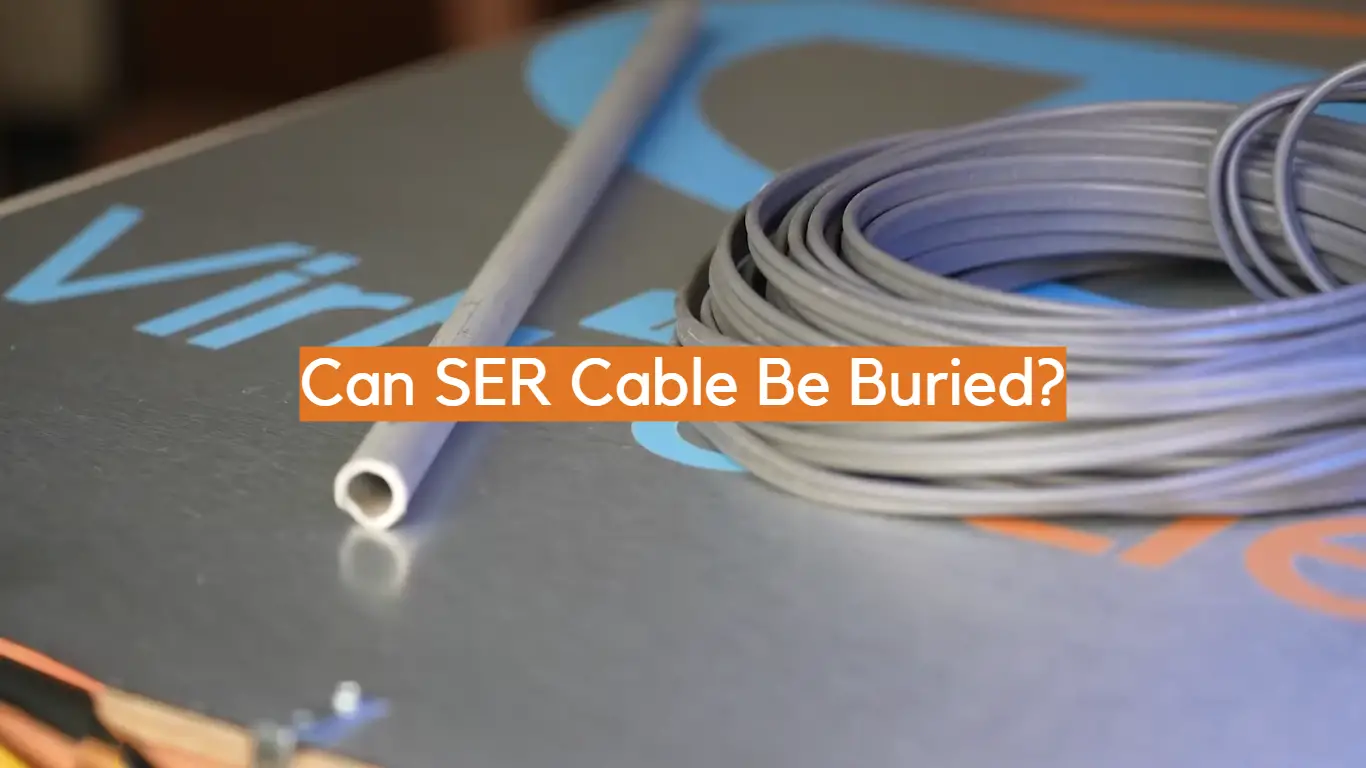




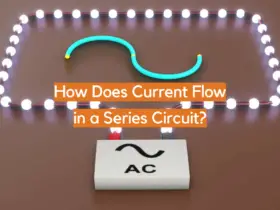
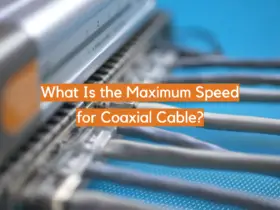
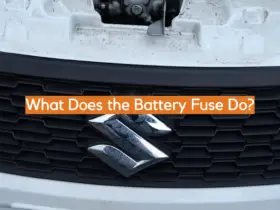
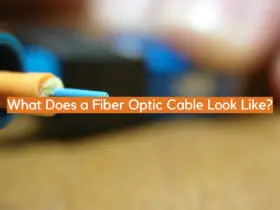
Leave a Reply